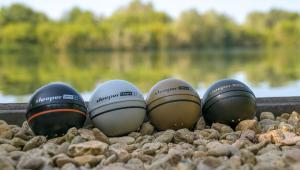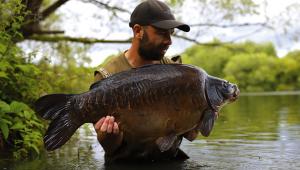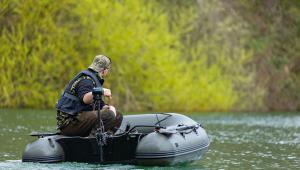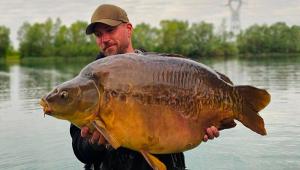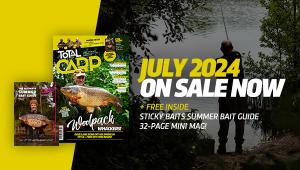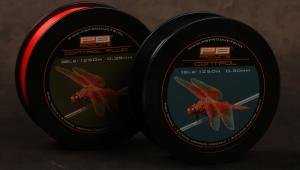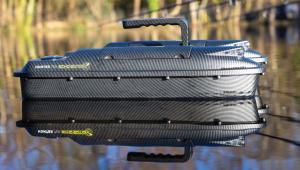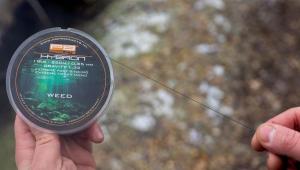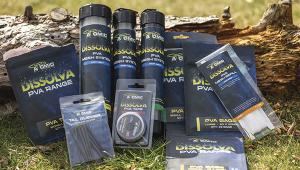7 Steps to successful winter!
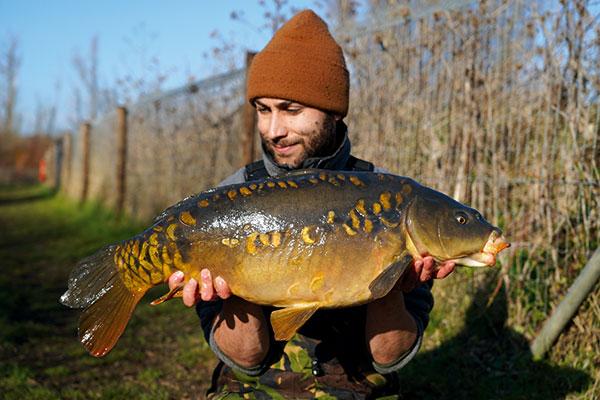
Winter fishing can be hard at the best of times; small windows of opportunity, very few signs to go on, up against the elements and trying to keep up that motivation can be tricky, especially if you are struggling every trip.
In this piece, I am going to give you some pointers on several factors that I take into consideration when winter fishing, mainly based around choosing the right winter venue and then tracking down those elusive carp. Much of my carp fishing in winter these days is short sessions, I still have the drive and buzz to get out there and try and catch a few but I prefer going about it in a day’s fishing, staying on my toes and reacting to signs, but first, picking the right venue to give you the very best chance of getting a bend in the rod.
1. Multiple Venues
First, compile some research on potential winter venues. Generally, I like to stay as local as I can in the winter, especially as I am usually fishing a day session and don’t want to eat into my fishing time with the travel. Waters that usually have decent winter form will fish well year after year, so once you have found a decent water for getting winter bites, you can usually rely on returning to that venue again the following winter.
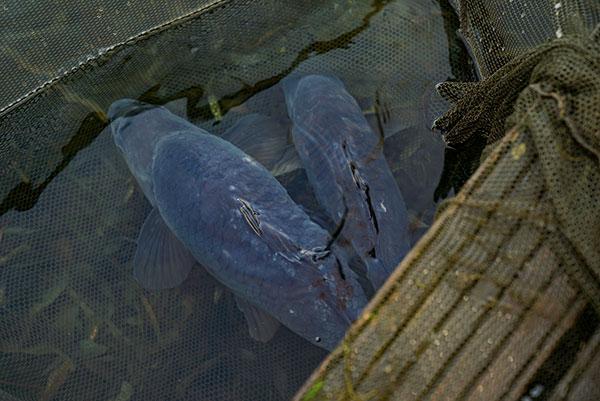
I like to have two or three venues that I can fish in the winter and chop and change between them depending on how they are fishing and the changes in the weather. Having these options is great and it also keeps the fishing fresh during the colder months. The best place to monitor winter form is through social media, mainly fishery catch reports. Look back at previous years and the regularity of catch reports, this is a great indicator of how well a venue fished in previous winters and will help to narrow down your choice for the winter ahead.
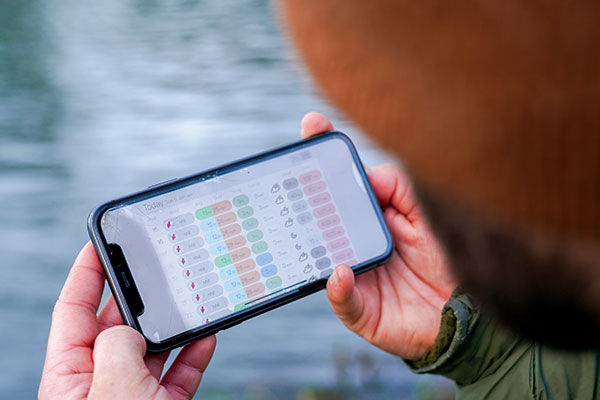
If I have three venues in mind, I will check the catch reports and if possible speak to a venue regular such as the bailiff on the lead-up to my trip, usually making a last-minute decision as to where I will want to go on that given day.
2. Stock
The stock of a lake has a big impact on how well it will fish during the winter months and ties in closely with venue choice but isn’t always a determining factor when considering a winter venue. Some venues with low stocks of carp are productive during the winter period, so there are a few variables that impact this. From experience, the lakes with a large head of younger fish are more productive
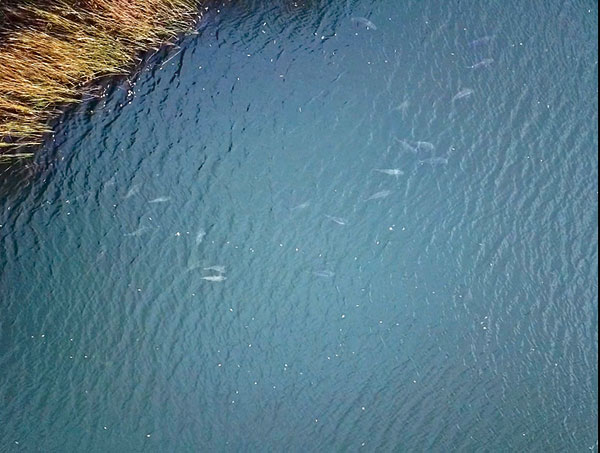
3. Depth And Features
Depth has always been a subject that many anglers refer to in the winter months, and many have their own opinion on this and not all venues are the same. What I have found from experience is shallower lakes react quicker to weather changes and therefore during certain meteorological changes, a shallow lake can switch on at the touch of a button.
I don’t believe the rules here with depth of lake are straightforward; you simply can’t say that a shallow lake is better than a deeper lake in the winter, there are too many variables that dictate this. I know shallow lakes that shut up shop completely from November onwards, so it is very much venue dependent as to what fishes well during the colder periods. I believe the make-up of the lake, topography and features play a bigger part in how a lake produces in the winter months.
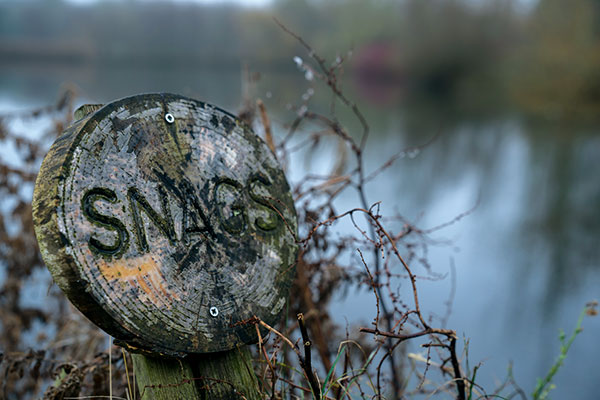
If the lake you are fishing contains snags and an abundance of weed or naturals, I believe these lakes are far less productive during the winter, due to the carp being able to hide away and sit comfortably in these safe zones. On the other hand, lakes that are fairly barren, usually clay dug or silty estate lakes provide no sanctuary for the carp in the winter, and as a result, the carp remain more active and therefore burn energy and need to replace this with energy, ie bait. Now I have covered a little bit about the types of venues I have fished in the cold, below are the key aspects I consider when tracking down the carp and getting those important bites.
4. Busier Venues
Most of the year we moan about venues being busier, but, when it comes to winter fishing, busier venues can work in the favour of the fishing. These lakes seeing regular bait can keep the action consistent throughout the winter period and make the fishing a damn sight easier for everyone. Usually, in the winter, a busy lake is a quiet lake anyway for the summer months, but the important aspect to it here is that the lake is seeing bait regularly and therefore conditioning the fish to feed in the cold.
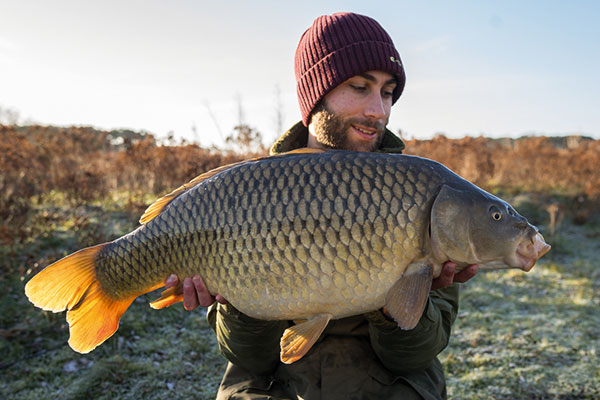
5. Use Your Eyes
The most important factor is to use your eyes in winter in observation. Especially when fishing like myself on shorter day sessions, getting your location right is absolutely everything. Carp are moving far less in the colder months, and you need to be on them, as opposed to the warmer months when there is a likely chance they will move on to you. I always aim to arrive just before first light and spend the first hour of my trip walking around and looking for any signs before making any choices on where to set up. I usually find that if you get the location right, bites can come quickly and in succession, so in my opinion, it pays doing that legwork beforehand.
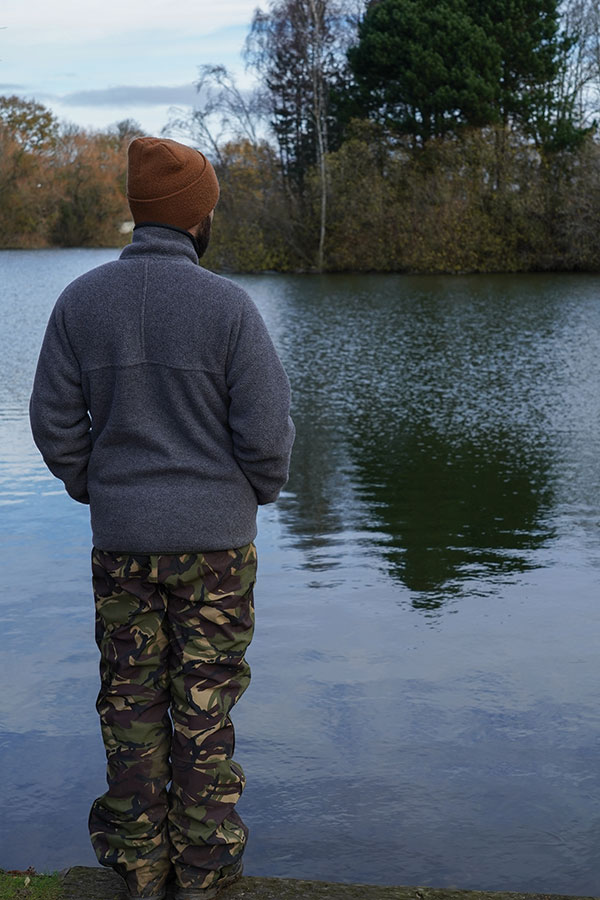
If I have not seen any obvious signs, I will usually head to the middle of the lake or an area in the lee of the wind. These areas are usually a great starting point in the winter months, but always ensure you have visibility of the whole lake and are ready to move. This is far easier when doing day sessions and one of the reasons why I find them far more productive than doing the nights; I can fish off the barrow and try a number of swims throughout the day without the hardship of having to pack down a bivvy and all my gear to move.
6. Areas Of Warmth
Dense Norfolk reed beds that grow out into the lake and hold some depth behind seem to be an absolute magnet for carp in the winter. They provide warmth and sanctuary in the cold. If your lake contains such reeds, spend time watching the stems like a hawk because you will often see them twitch, or sway, revealing the presence of any carp. To fish reeds effectively I like to flick solid bags at them; even if you clip a reed, the solid bag will protect your rig. If you are able to use a bait boat on your venue, just a small patch of Live System boilie crumb and a few maggots is enough to tempt a bite in the cold.

7. Fishing For Liners And Adapting
Fishing for liners is also a very effective way of pinpointing the carp’s whereabouts. If you are faced with a lake that has a large body of open water, begin by fishing long to the middle and then adapt if you get liners. The way to fish for liners is by fishing a semi- tight line and a short drop on the bobbin head. You then need to search the water between yourself and where the rig is initially placed in order to gauge where the fish are sitting. It could be that the liners are either happening just short of where the rig is placed, in this case, I would stick with the single hook baits I usually start each trip with. If the liners are slightly more aggressive, by this, I mean tapping the rod tip too and causing a more positive reaction on the bobbin, this could mean the fish are much closer in.
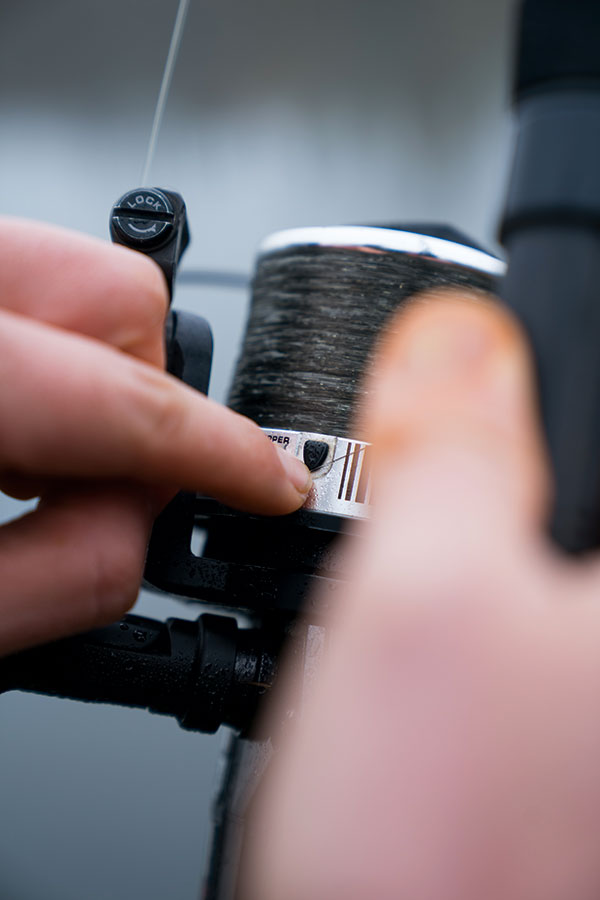
It may also mean that the fish are up in the layers, as the line will be entering the water and positioned at mid depth; in this case, I would switch to fishing zigs with bright baits suspended up in the layers. It is all about working out exactly where those fish are holding.
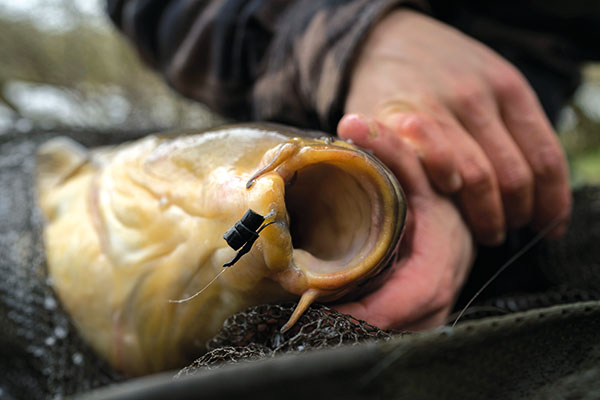
The points I have touched upon in this feature are a few fundamental aspects I take into consideration when winter fishing. Remember, it’s not all about bait and rigs when trying to catch winter carp, it is about location! Choose the right venue, get the location right and you are already 95 per cent of the way there to catching those carp!
- Log in or register to post comments
